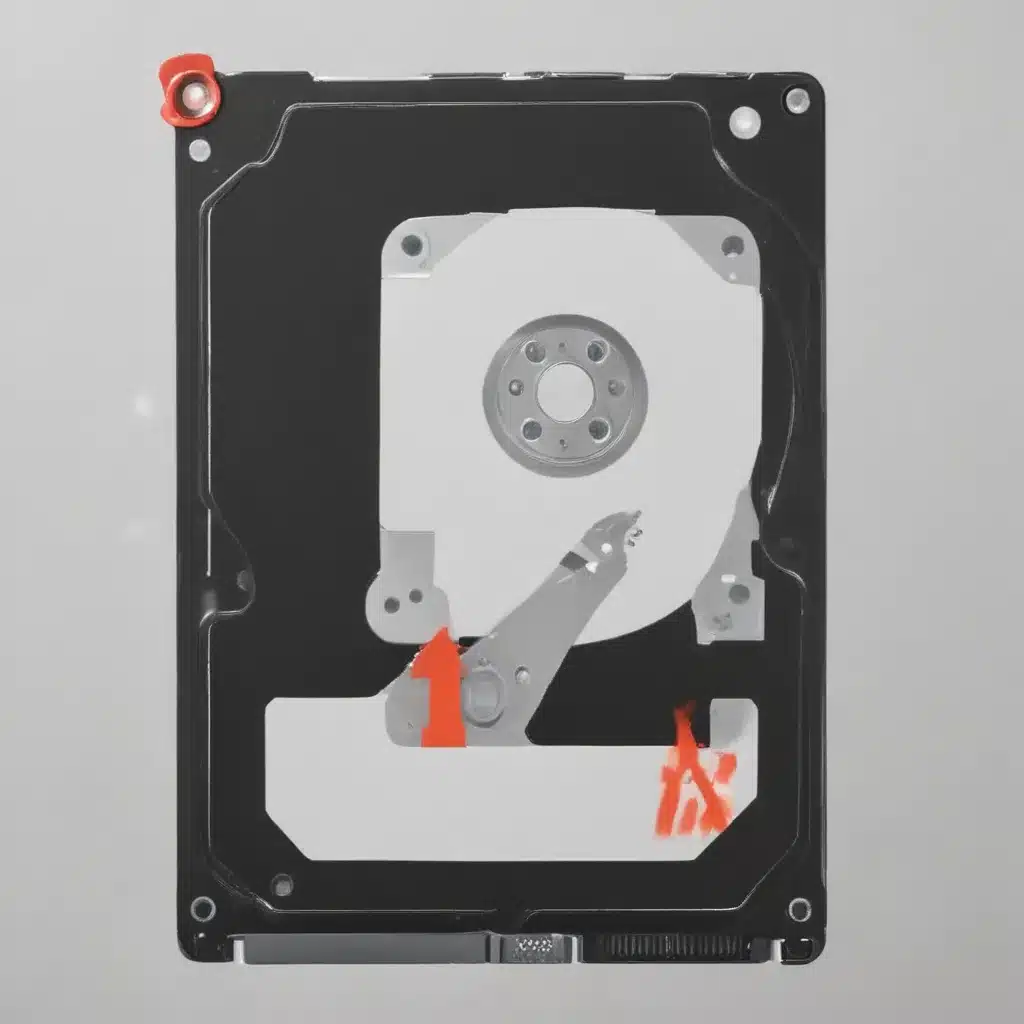Oh boy, have I been there before. You know, I consider myself a pretty tech-savvy guy, but even I’ve managed to accidentally reformat the wrong drive and lose a ton of important files. It’s one of those “d’oh!” moments that makes you want to crawl under your desk and hide.
But fear not, my fellow computer enthusiasts! If you find yourself in a similar predicament, with a reformatted drive and a clone image, there’s hope. In this article, I’m going to walk you through the process of restoring your files from that clone image, step-by-step. It might take a bit of elbow grease, but I promise it’ll be worth it to get your precious data back.
Cloning to the Rescue
Let’s rewind a bit. You may be wondering, “Why on earth would I have a clone of a drive that I just reformatted?” Well, my friend, the smart cookies over at the Acronis True Image forum have a good explanation for that [1]. Apparently, some cloning software can be a bit finicky and might not work properly if you remove the source drive before the cloning process is complete.
So, in a moment of “better safe than sorry,” you decided to keep both the original drive and the clone. Good thinking! Now, you’ve got a backup of your data, just waiting to be restored. Of course, the folks over at the Endeavour OS forum can relate to the panic you must have felt when you realized your drive was wiped [2]. But don’t worry, we’re going to get through this together.
Assessing the Damage
Okay, let’s take a look at the situation. You’ve got a reformatted drive, and a clone of that drive sitting somewhere on your system. The good news is, the clone should contain all of your original data, just waiting to be recovered. The bad news is, you’re not exactly sure how to go about that.
Now, I know what you’re thinking – “But I’m not some data recovery wizard! I don’t know the first thing about cloning drives and restoring files!” Well, my friend, you’re in luck. I’ve done a bit of digging and found some helpful resources that should guide you through the process.
Recovering from the Clone
First things first, you’ll want to make sure you don’t do anything to the original reformatted drive. As the folks over at Reddit’s data recovery forum advise, the safest approach is to create an image of the clone drive before you start tinkering with it [3]. That way, if something goes wrong, you’ve got a backup of the backup.
Now, there are a few tools you can use to create that image, like dd, ddrescue, or Clonezilla. Personally, I’m a big fan of Clonezilla – it’s free, it’s user-friendly, and it’s been known to work wonders in situations like this. The SevenForums community has some great tips on using Clonezilla, too [4].
Once you’ve got that image made, the real fun begins. You can start digging through the clone, using tools like TestDisk or PhotoRec to try and recover your lost files. Now, I know what you’re thinking – “But those tools look complicated!” And you’d be right. They’re not exactly plug-and-play, but with a little patience and maybe a tutorial or two, you can definitely figure them out.
Heck, the folks over at the Arch Linux forum even recommend a tool called Autopsy that comes with a nifty graphical user interface to make the process a bit easier [6]. And if you’re really not feeling up to the task, you can always take the drive to a professional data recovery service. They’ll know exactly what to do, but it might cost you a pretty penny.
The Moment of Truth
Alright, now that you’ve got your clone image all nice and secure, it’s time to see what you can salvage. Slowly but surely, start digging through that clone, using your tool of choice to scan for any recoverable files. It might take a bit of trial and error, but trust me, the feeling of finding that one crucial file you thought was lost forever is worth it.
Just remember, as the Reddit tech support community reminds us, be very careful when working with the original reformatted drive [5]. You don’t want to accidentally make things worse, so tread lightly and follow the instructions to the letter.
And who knows, maybe you’ll even discover some hidden gems in that clone that you forgot you had. A little digital treasure hunt, if you will. Just imagine the look on your face when you uncover that embarrassing photo from your college days, or that spreadsheet you thought was gone for good. It’ll be like Christmas morning, but for nerds.
Wrapping Up
Well, there you have it, folks. Your step-by-step guide to restoring files from a clone image after a disastrous reformat. It might take a bit of work, but trust me, it’s worth it to get your precious data back.
And remember, if you ever find yourself in a similar situation, don’t panic. Take a deep breath, follow the steps, and let your inner data recovery ninja shine. You’ve got this, my friend. Happy hunting!
[1] Knowledge from https://forum.acronis.com/forum/acronis-true-image-home-forum-older-versions/acronis-true-image-crucial-crashing-after-cloning-if-source-drive-not-removed-how-keep-both-source-and-cloned
[2] Knowledge from https://forum.endeavouros.com/t/accidentally-reformatted-hard-drive/6604
[3] Knowledge from https://www.reddit.com/r/datarecovery/comments/153mi0t/can_i_recover_erased_and_formatted_drive/
[4] Knowledge from https://www.sevenforums.com/backup-restore/372377-clone-failure-three-different-software-programs.html
[5] Knowledge from https://www.reddit.com/r/techsupport/comments/vm2k22/can_i_recover_files_from_a_formatted_external/
[6] Knowledge from https://community.twocanoes.com/t/winclone-7-clone-successful-but-cant-boot-into-win7/1582













